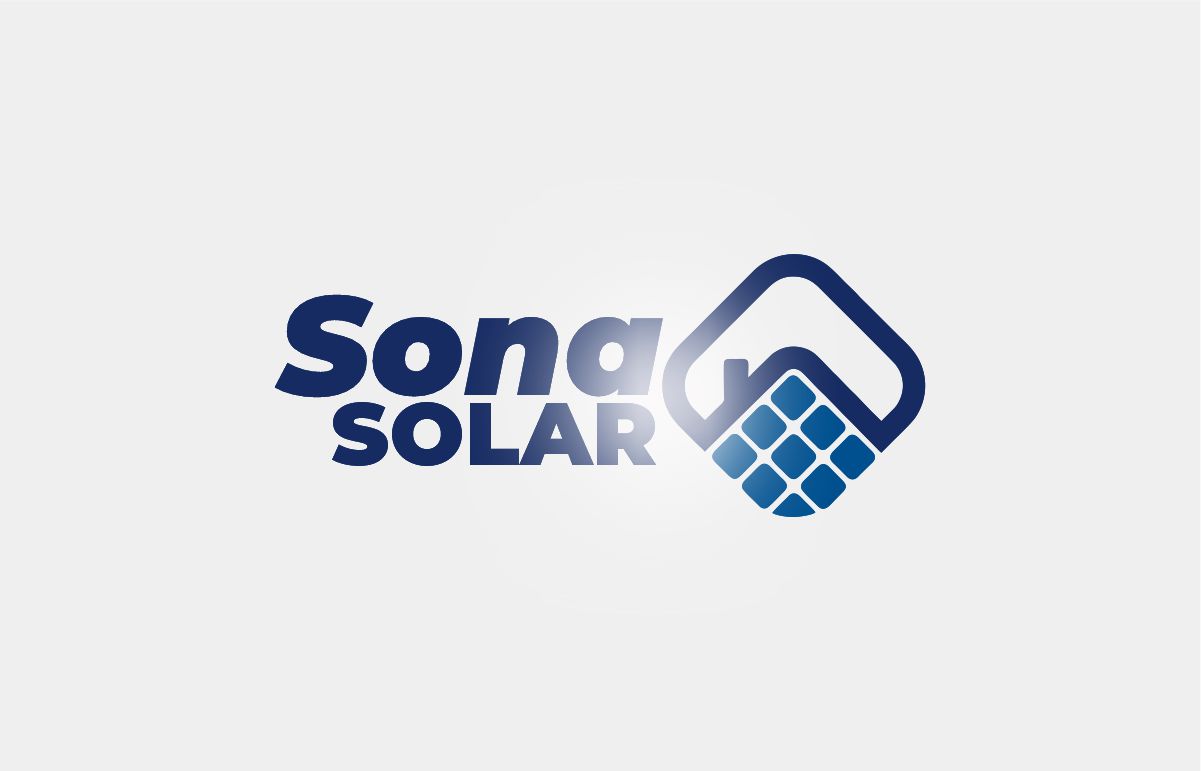Product images and specifications are for illustrative purposes only and may not reflect the exact items available. All solar products are subject to availability. Please contact us for current inventory and pricing.
Feel free Call us or WhatsApp us on +263 78 922 2847, +263 78 293 3586, +263 78 864 2437, +263 78 119 0001, +263 77 832 4532 and +263 78 623 1488.
For Borehole Drilling Services WhatsApp us on +263 77 389 8979 or +263 71 918 7878.
In Zimbabwe, the power crisis is a familiar and ongoing challenge. The frequent power outages, load shedding, and unreliable grid supply have become a regular part of life.
Many Zimbabweans have adapted to this situation by looking for alternative sources of power—especially for essential devices like Starlink, which has revolutionized internet access in the country. If you’re thinking about using a battery-powered system to keep your Starlink running smoothly, this article provides a comprehensive, budget-friendly guide on how to make it happen.
How Much Power Does Starlink Use
The power requirements for Starlink kits can vary depending on the specific model you have, and these variations are important to consider when planning your power setup.- The Starlink Standard (including Enterprise) typically consumes 75-100W on average and 20W while idle. The Starlink Mini uses 20-40W on average, with an idle consumption of 15W.
- The high-performance models, including Flat High Performance, require 110-150W on average and 45W while idle.
The Power Crisis: Why You Need an Alternative Solution
The reality of Zimbabwe’s electricity situation has left many people in search of reliable power sources. For those who’ve invested in satellite internet through Starlink, the need for a continuous power supply has never been more urgent. Whether you’re working remotely, running a business, or simply staying connected, the high cost of generators and unpredictable grid power are no longer viable solutions. |
| Want to Power Your Starlink with Solar and Batteries While on a Tight Budget? Consider This! |
Many Starlink users in Zimbabwe have turned to solar-powered solutions, and while solar is an excellent option, it can come with a hefty price tag. Not everyone has the resources for a large solar setup, so the next best option is using batteries. If you’re on a tight budget, we’ll guide you on how to make the most of batteries to power your Starlink kit.
How Much Power Does Your Starlink Kit Use?
Before diving into battery selection and setup, it’s crucial to understand how much power your Starlink kit consumes. Starlink comes in two versions: the standard kit and the mini kit, each with different power requirements. Here's a breakdown of what you can expect:- Starlink Standard Kit (Gen 3): Consumes 75-100W of power.
- Starlink Mini Kit: Consumes 25-40W of power.
In real-life scenarios, many users report that power usage spikes to 100W during boot-up and when the dish is searching for a signal. However, once it locks onto the signal, the power consumption typically drops to around 55W. Given this, it’s wise to plan for around 100W to ensure your setup works smoothly.
It's also worth noting that under certain conditions, such as during extremely cold or hot weather, Starlink’s built-in heating or cooling systems may activate, leading to a temporary increase in power consumption. However, these power fluctuations are typically minor and shouldn’t significantly impact your battery requirements.
How to Choose the Right Battery for Your Starlink
Now that we know how much power your Starlink kit will use, let’s explore the types of batteries you can use to keep it running. The key to this process is finding a battery that can provide enough energy to keep your Starlink system online, while also being cost-effective and practical for long-term use.Car Batteries: The Budget-Friendly Option
If you’re working with a tight budget, a standard car battery may seem like the most affordable option. Car batteries typically have a capacity of around 576Wh (watt-hours), which may be enough to keep a Starlink Mini Kit running for 12-18 hours.However, car batteries weren’t designed for deep, repeated discharges, and using them for this purpose can cause premature wear. While a car battery can get you through a day or two, it won’t be the most reliable long-term solution. If you’re serious about making this work, investing in a deep cycle battery is the next logical step.
Deep Cycle Batteries: The Long-Term Solution
Deep cycle batteries are specifically designed to handle the regular deep discharges needed for long-lasting power supply. These batteries offer significantly higher capacities, ranging from 1,200Wh to 2,400Wh, and are a much better fit for powering your Starlink system over extended periods.For example, Union Hardware sells the Fortu deep cycle battery for about $358, with a capacity of 2,400Wh (12V, 200Ah). With a deep cycle battery like this, you can get 2-4 times the runtime compared to a regular car battery, which can be a significant advantage if you experience frequent power cuts.
Pairing Your Battery with an Inverter
Once you’ve chosen your battery, you’ll need an inverter to convert the DC (direct current) power from the battery into the AC (alternating current) required by most devices, including your Starlink kit. Inverters come in various sizes, but since you’re only powering a few devices (Starlink and perhaps a couple of laptops), you can opt for a smaller, budget-friendly inverter.A 12V/600VA inverter is a good option, typically costing around $120. This size inverter should be sufficient to handle the load of a Starlink system and a few other devices. Pairing the Fortu 2,400Wh deep cycle battery with a 600VA inverter would give you several hours of usage, depending on your setup.
Example Setup for Powering Your Starlink
Let’s take a closer look at how this setup works in practice. We’ll assume you’re using the Starlink Standard Kit (100W) and want to power it along with a couple of laptops and phones, which together consume an additional 200W. Here’s the math:- Battery Capacity: 2,400Wh
- Inverter Efficiency: 85%
- Total Consumption: 100W (Starlink) + 200W (Laptops/Phones) = 300W
Now, let’s calculate the estimated runtime:
- Battery Capacity after Efficiency Loss: 2,400Wh × 0.85 = 2,040Wh (after factoring in inverter loss)
- Runtime Calculation: 2,040Wh ÷ 300W = 6.8 hours of usage
This setup should give you about 6-7 hours of continuous power for your Starlink kit and additional devices, assuming ideal conditions.
Alternative: Portable Power Stations
If you don’t want the hassle of assembling a battery and inverter setup, consider opting for a Portable Power Station (PPS). These all-in-one devices are essentially battery-powered systems with built-in inverters. While they tend to be more expensive per unit of power, they offer convenience and portability, making them a good option for those who need a quick, easy solution.Some popular portable power stations offer capacities around 500Wh to 1,000Wh, enough to power a Starlink Mini Kit or smaller devices for several hours. However, for those looking to power a Starlink Standard Kit or additional equipment, you may need a more powerful unit, which can cost anywhere between $500-$800 depending on the brand and specifications.
UPS vs. Battery Systems
Another common question is whether you should use a UPS (Uninterruptible Power Supply) for your Starlink system. A UPS is designed to provide short-term backup power during grid outages, ensuring that sensitive electronics are protected. However, if you're using a deep cycle battery or a portable power station, you don’t necessarily need a UPS.A direct connection between your battery and Starlink is simpler and more efficient. The UPS's main benefit is providing protection against power surges and keeping devices running temporarily during a switch from grid power to a backup source. But in most cases, a battery-powered setup will suffice without the need for a UPS.
Expert Advice: Take Your Setup to the Next Level
If you're not confident in building your own setup or need a more tailored solution, it’s always a good idea to consult with an expert. Companies like Sona Solar Zimbabwe specialize in solar power systems and battery storage solutions. Our team can help you design a system that meets your specific needs, ensuring your Starlink kit and other essential devices stay powered throughout the day, even during frequent power cuts.We offer a range of affordable solutions, from basic battery setups to fully integrated solar-powered systems, depending on your budget and power needs. By consulting with professionals, you can maximize your investment in Starlink and ensure you have reliable, long-term power.
Making Starlink Work for You in Zimbabwe
As the power crisis continues to affect Zimbabweans, finding alternative energy sources has become crucial. For Starlink users, powering the system on a tight budget is possible with careful planning and the right equipment. By choosing the right battery, inverter, and possibly supplementing with solar power, you can ensure your Starlink system stays online—no matter what the grid does.At Sona Solar Zimbabwe, we understand the importance of staying connected, and we are here to help you navigate the world of affordable battery-powered solutions. Stay informed, plan wisely, and take control of your energy needs today. After all, staying connected is no longer just a luxury—it’s a necessity.
Join the conversation and share your thoughts in the comments below! Have you tried powering your Starlink with a battery system? Let us know how it worked for you!
Sona Solar Zimbabwe - Your One-Stop Shop for Affordable, Top-Tier Solar Solutions.
Named after the Gaelic term (Old Irish Word) Sonas - for Good Fortune (Prosperity and Happiness) - Sona Solar Zimbabwe is committed to bringing Prosperity and Happiness to its customers through Solar Solutions in Zimbabwe. We deliver turn-key energy efficient solutions to meet client energy and budgetary needs and reduce environmental impact.Sona Solar Zimbabwe Is Customer Centric. We offer a Comprehensive One-Stop-Shop experience and Bridge The Huge Gap Between Getting The Best, Quality Products and Getting it at an Affordable Price.
Feel free Call us or WhatsApp us on on +263 78 922 2847, +263 78 293 3586, +263 78 864 2437, +263 78 119 0001, +263 77 832 4532 and +263 78 623 1488.
For Borehole Drilling Services WhatsApp us on +263 77 389 8979 or +263 71 918 7878.

Sona Solar Zimbabwe
Sona Solar Zimbabwe7 Frank Johnson Avenue,
Avenues, Eastlea
Harare, Zimbabwe.
Call Us Today:
Solar Sales: +263 78 293 3586
Solar Sales: +263 78 922 2847
Operations: +263 78 864 2437
Sona Landline: +263 24 2797750
Email: sonasolarzw@gmail.com
Website: www.sonasolar.co.zw

Borehole Experts Zimbabwe
Borehole Experts Zimbabwe7 Frank Johnson Avenue,
Avenues, Eastlea
Harare, Zimbabwe.
Call Us Today:
Borehole Sales: +263 77 389 8979
Borehole Sales: +263 71 500 3777
Borehole Operations: +263 71 918 7878
Borehole Landline: +263 24 2797750
Email: boreholeexpertszw@gmail.com
Website: www.boreholeexperts.co.zw
Choosing The Best Solar Company in Zimbabwe:
Choosing a solar panel installation company can be time-consuming. It is easy to be overwhelmed when comparing the reputation, price, warranty, and panel options of different solar providers.Sona Solar Zimbabwe stands out as one of the most reputable companies in Zimbabwe. Sona Solar Zimbabwe offers reliable systems with a 25-year warranty, 10-year workmanship warranty, and two-year production guarantee.
Sona Solar Zimbabwe prides itself on offering original solar products and accessories. Sona Solar Zimbabwe also maintains partnerships with reputable brands around the world.

.jpg)



.jpg)

.jpg)


.jpg)





